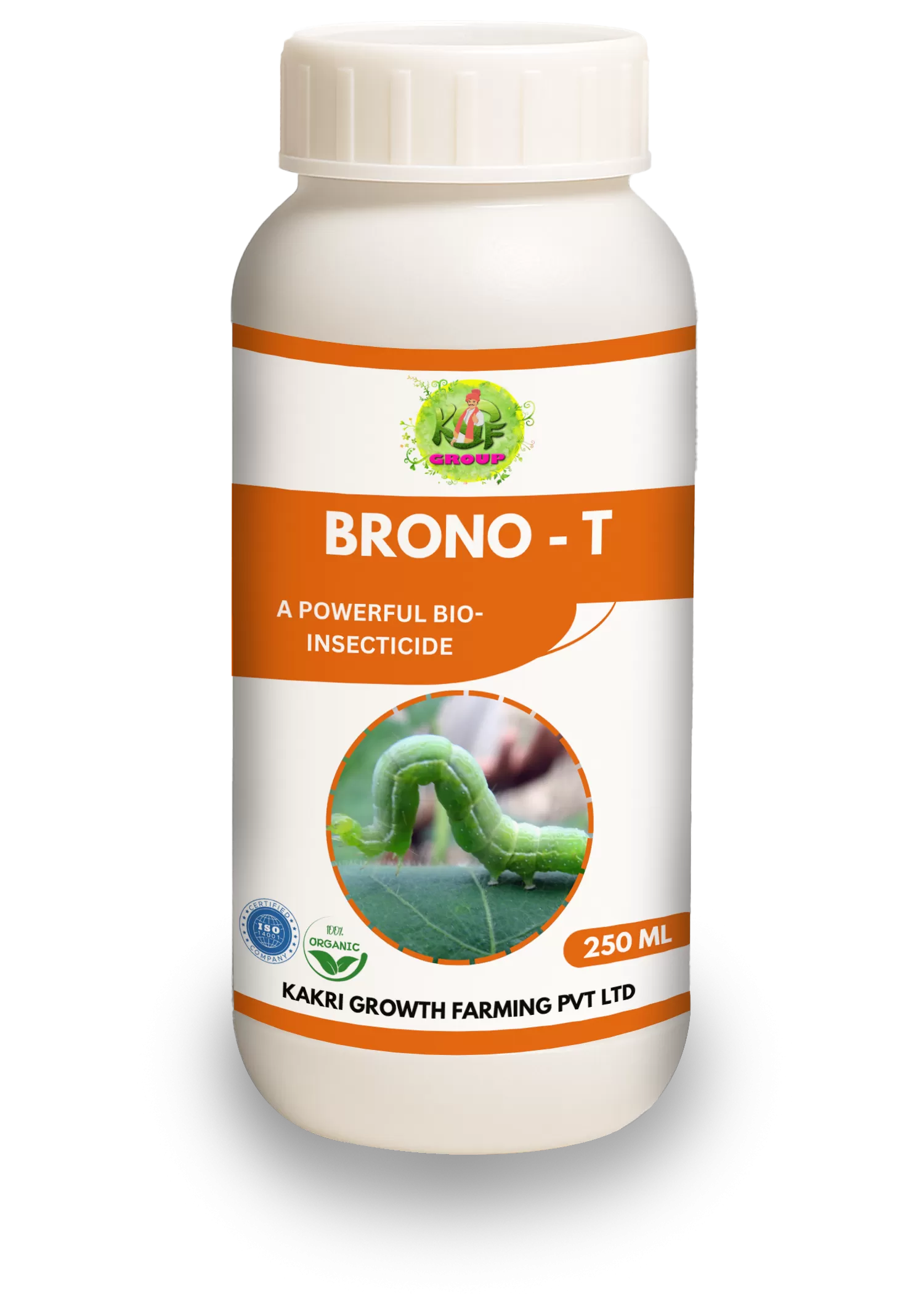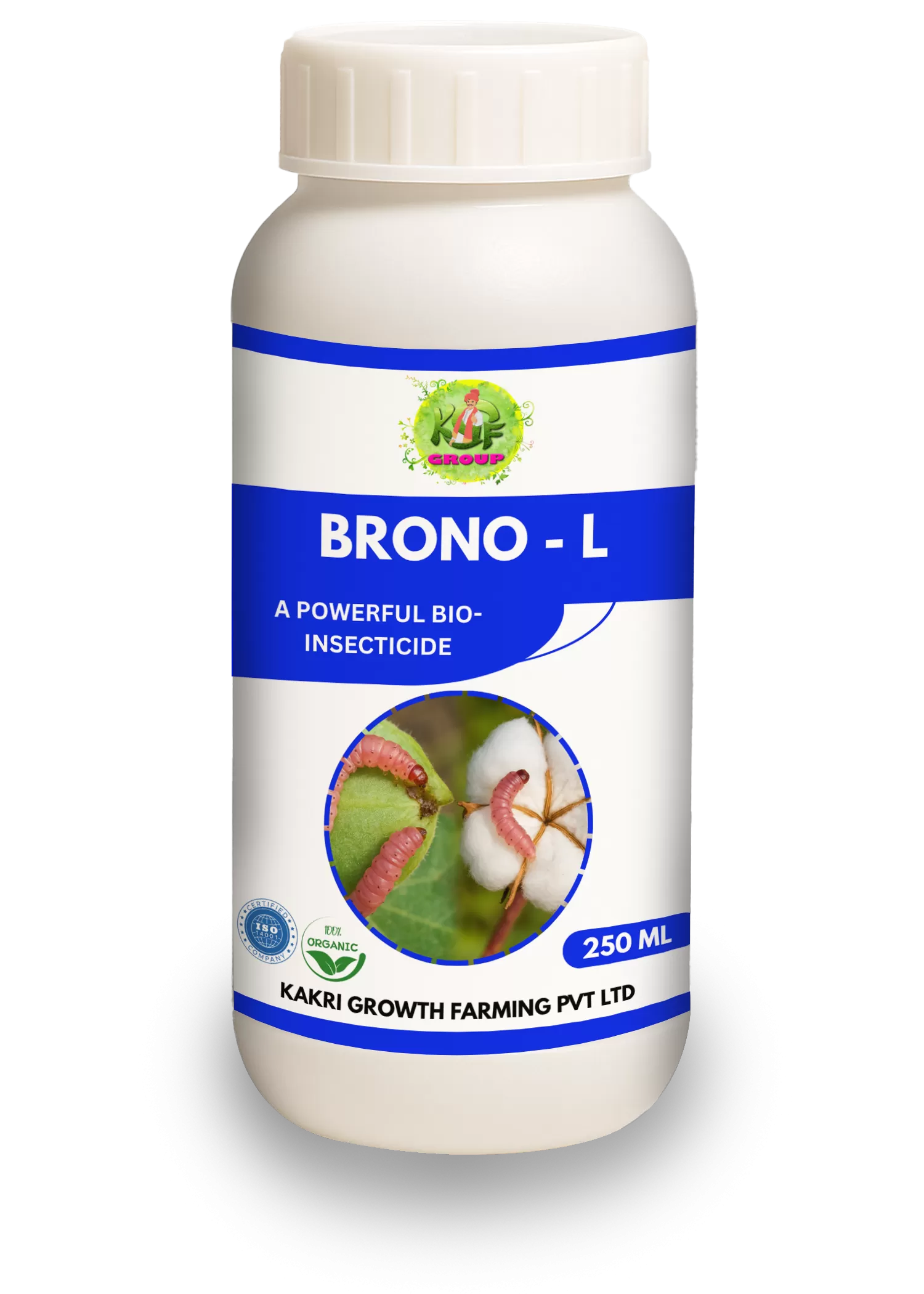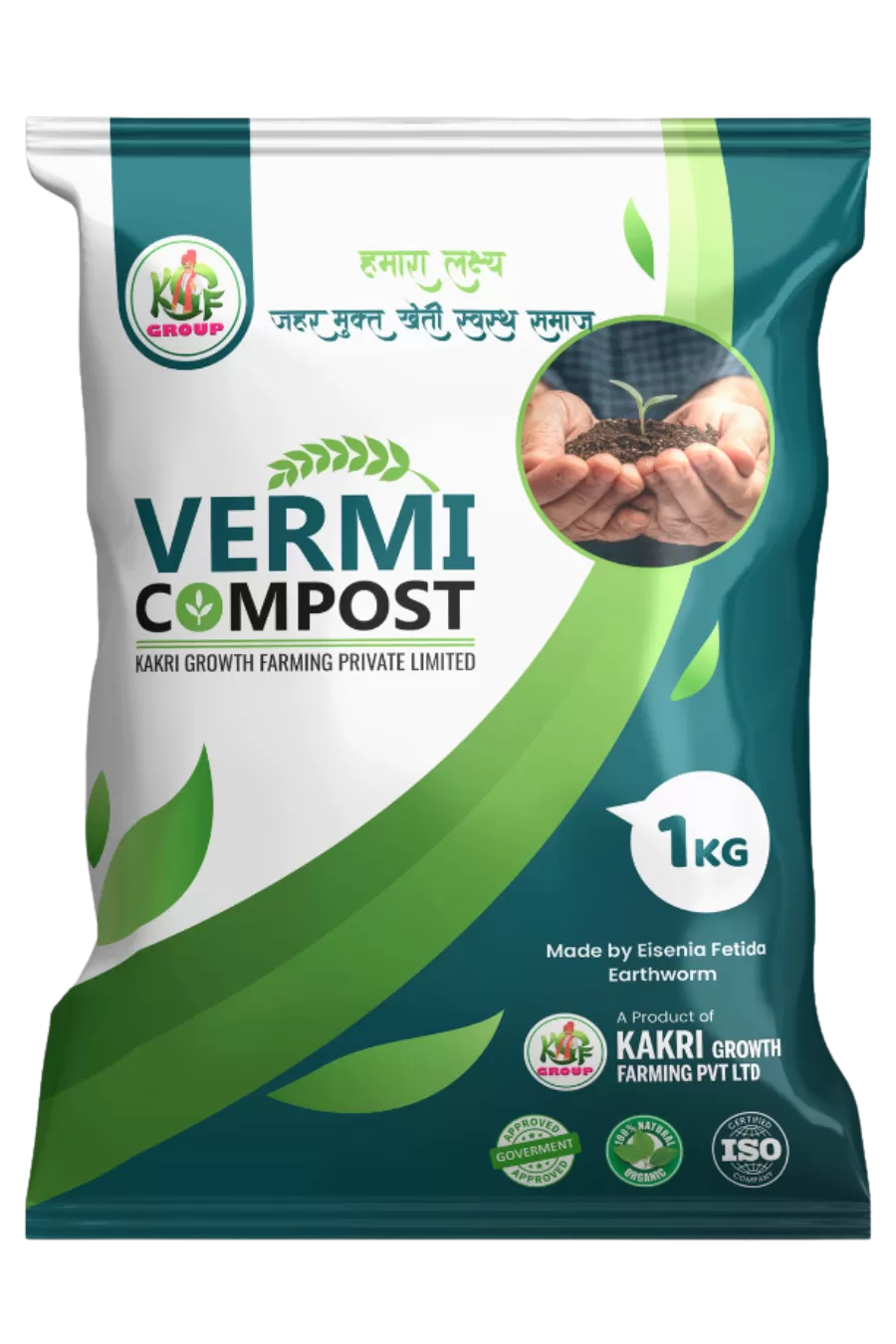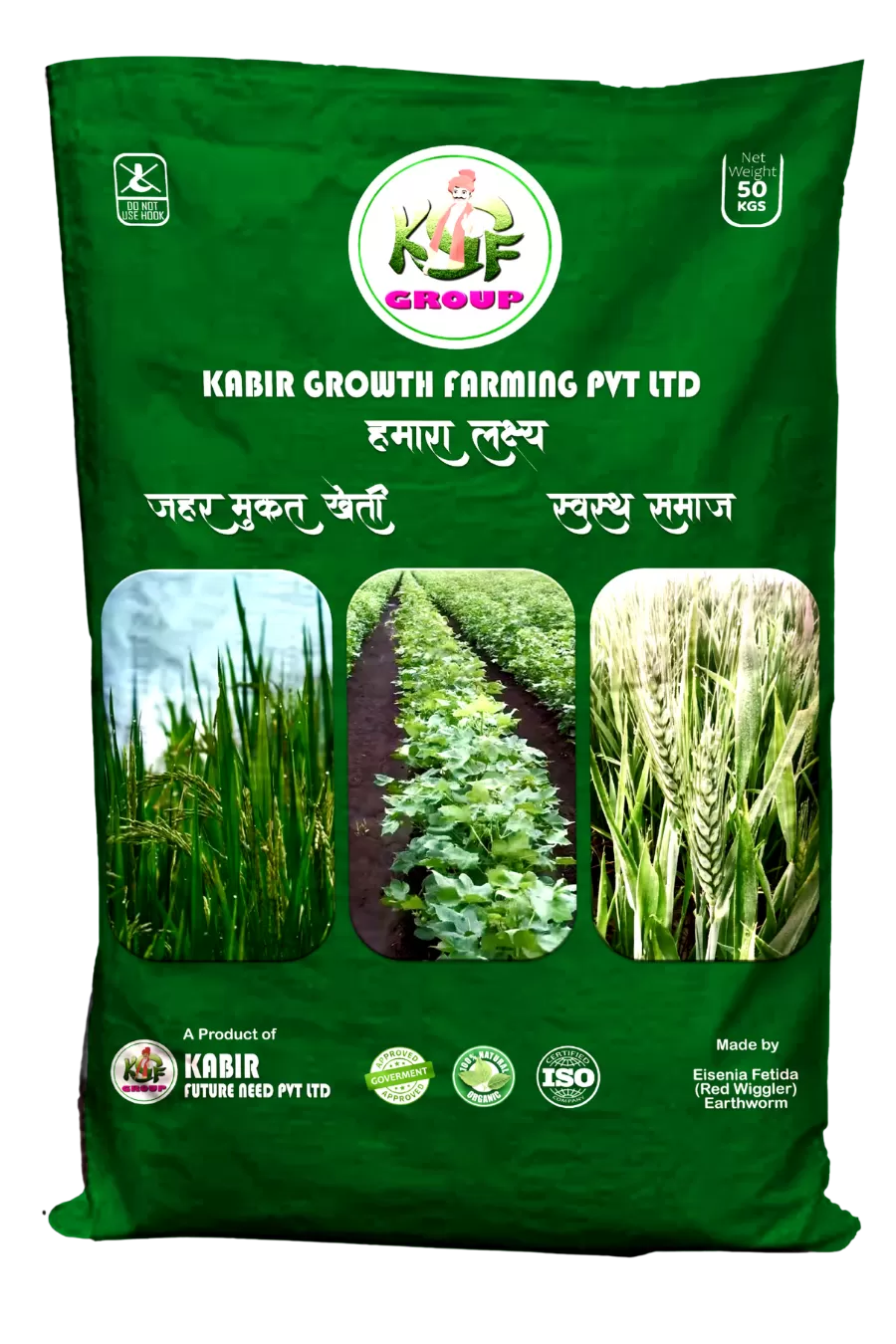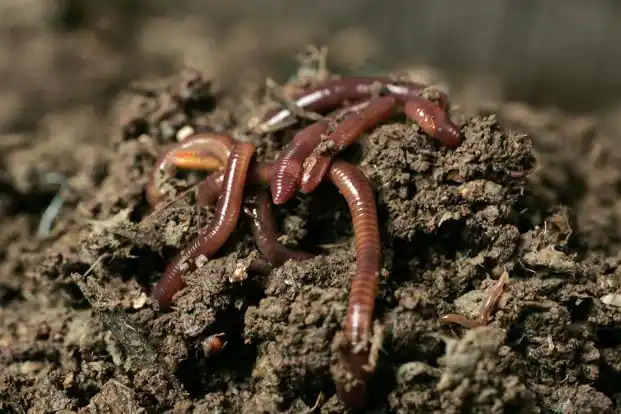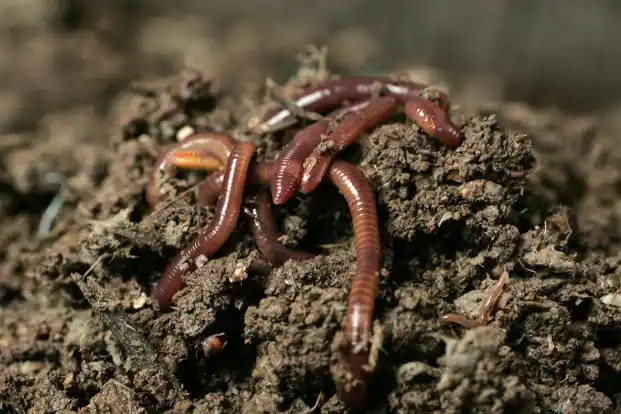Earthworms, often referred to as nature's plowmen, play a crucial role in soil health and ecosystem functioning. These remarkable creatures are a type of annelid, characterized by their segmented bodies. Earthworms are found in various habitats worldwide, and they come in a range of sizes, colors, and species.
One of the most significant contributions of earthworms is their role in improving soil quality. They burrow through the soil, creating channels that enhance aeration and water infiltration. This not only benefits plant roots but also reduces the risk of soil erosion and runoff, making earthworms essential for sustainable agriculture and natural landscape maintenance.
Their burrows can extend several feet deep into the soil, allowing them to access moisture and nutrients unavailable at the surface. In drier regions, their burrows can act as subterranean reservoirs, helping to maintain soil moisture levels and supporting plant growth during dry spells.
Earthworms have a remarkable ability to reproduce and can produce large populations relatively quickly. They are hermaphroditic, possessing both male and female reproductive organs. During mating, they exchange sperm with one another, and then cocoon-like structures, which contain fertilized eggs, are formed and deposited in the soil. Baby earthworms hatch from these cocoons and grow into adults, continuing the cycle.
While earthworms are generally beneficial, there are some invasive species, like the New Zealand flatworm in the United Kingdom, which pose a threat to local ecosystems by preying on native earthworms. Therefore, it's important to understand the potential impacts of introduced species in various regions.
In summary, earthworms are silent but essential contributors to our environment. They improve soil structure, nutrient cycling, and overall soil health. Their activities benefit agriculture, gardening, and ecosystems alike, making them indispensable allies for sustainable land management and biodiversity conservation.






